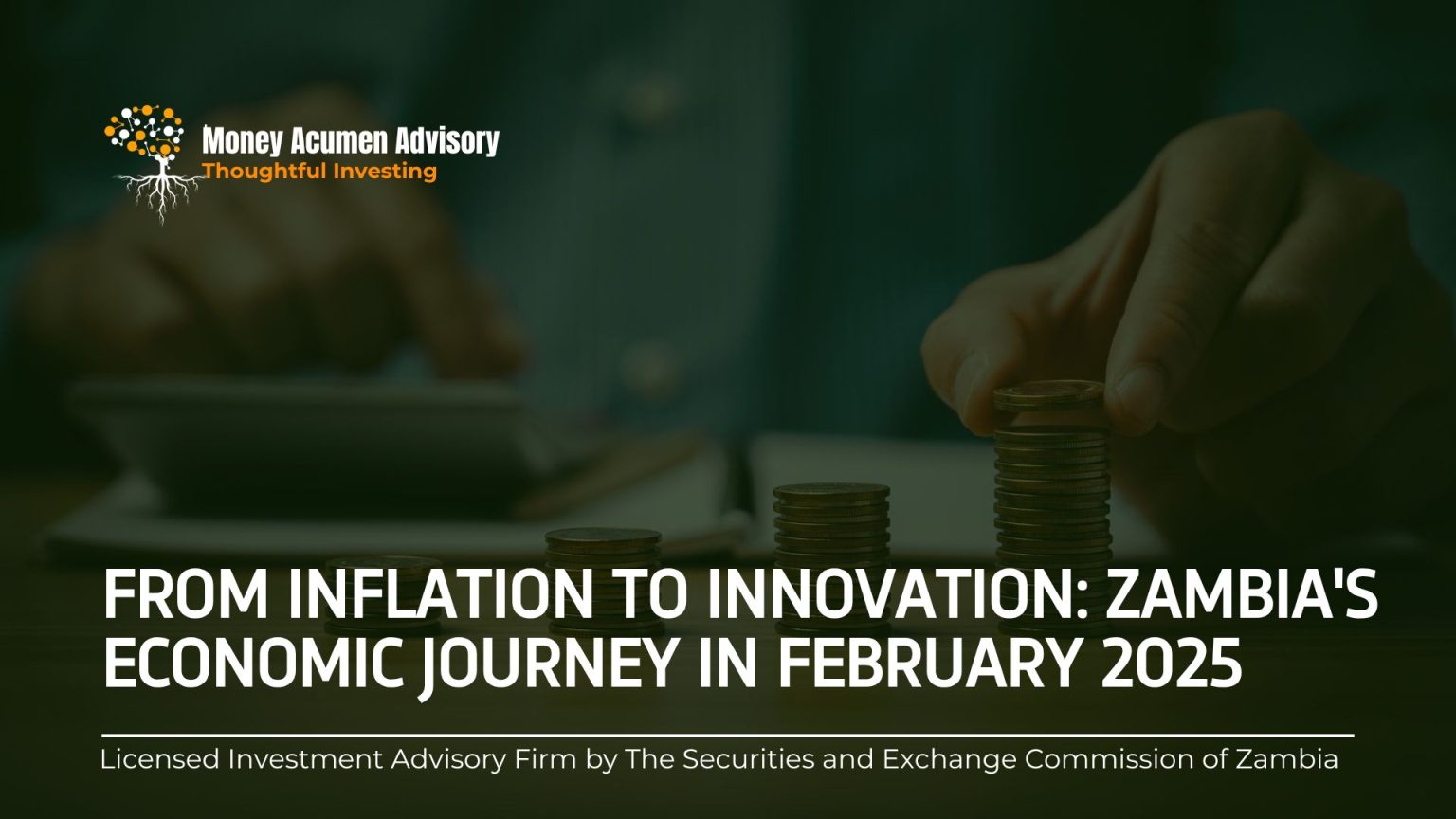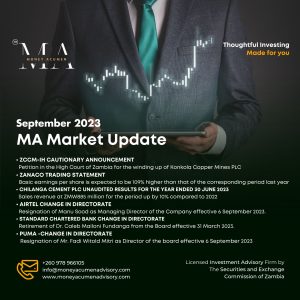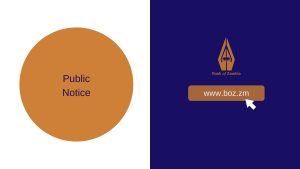February 2025 has been a pivotal month for Zambia, shaped by economic pressures and significant progress in key sectors. While inflation remains high at 16.8%, food prices have seen a sharp increase, pushing food inflation to 20.6%. The Kwacha continued to weaken, reaching 28.46 ZMW/USD, further affecting import costs and overall price stability.
In response, the Bank of Zambia raised the Monetary Policy Rate (MPR) to 14.5%, making borrowing more expensive but aiming to stabilize inflation. Meanwhile, the cost of living in Lusaka surged to ZMW 11,599.12, reflecting rising food and fuel costs that continue to burden households.
Despite these challenges, there have been several key advancements:
Renewable Energy Expansion – Zambia is making strides toward energy security with the signing of Power Purchase Agreements (PPAs) between ZESCO and 29 Independent Power Producers (IPPs). This will inject over 332MWp of solar power into the national grid, reducing dependence on hydropower and mitigating the impact of climate-related electricity shortages. The initiative is expected to create jobs and attract further investment in Zambia’s renewable energy sector.
Capital Market Activity – The Lusaka Securities Exchange (LuSE) saw a 0.34% increase in the All Share Index, indicating steady market confidence. A major highlight was Airtel Networks Zambia Plc’s stock, which appreciated by 14.94%, reflecting strong investor interest in the telecommunications sector. LuSE has also adjusted its trading hours to align with global markets, a move aimed at enhancing liquidity and participation.
Government Bonds & Treasury Bills – Investor appetite for Zambian government securities remained strong in February. Treasury bill auctions saw high demand, with a notable shift towards longer tenors. In the bond market, the government successfully allocated K1.8 billion in bonds, with the 5-year and 10-year tenors attracting the most interest. This signals confidence in Zambia’s debt instruments, despite rising interest rates.
Strategic Investments in Logistics & Trade – A $300 million investment by DP World, a global leader in port operations, aims to establish Zambia as a regional transport and logistics hub. The first phase, with an initial $50 million investment, will focus on improving trade infrastructure and efficiency. President Hakainde Hichilema has emphasized the importance of this investment in positioning Zambia as a key land-linked economy, expanding access to global markets.
AI Strategy Launch – Zambia has unveiled an ambitious Artificial Intelligence (AI) Strategy, positioning itself as a technology-driven economy. The strategy focuses on digital infrastructure, data security, innovation, and entrepreneurship. AI applications in sectors such as agriculture, healthcare, and education are expected to enhance service delivery, create new jobs, and improve Zambia’s global competitiveness.
Mining Sector Incentives & Concerns – The suspension of export duties on precious stones and metals (from 15% to 0%) is expected to attract more investment into Zambia’s mining sector. This move makes Zambian emeralds, amethysts, and gold more competitive in global markets. However, concerns remain over potential revenue losses for the government, increased dependence on foreign buyers, and the possibility of reduced local beneficiation and value addition in mineral processing.
As Zambia navigates these economic shifts, balancing growth, investment, and stability remains a priority. For a more comprehensive analysis of February’s economic trends, you can access the full report by clicking the button below:




